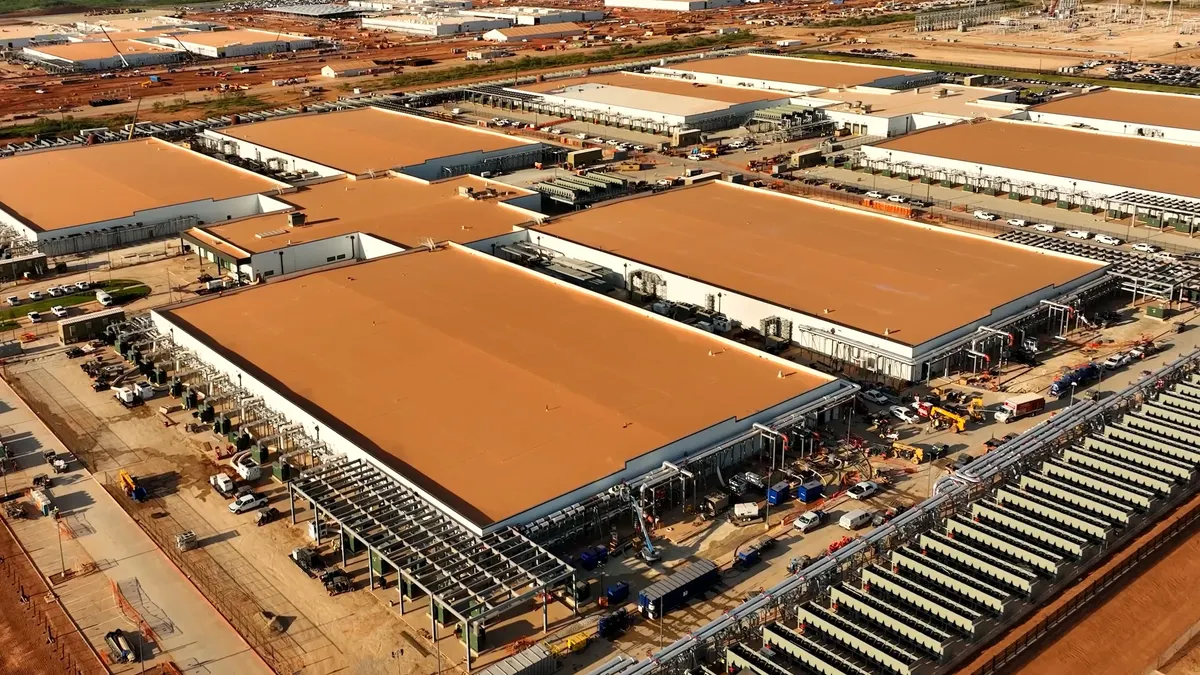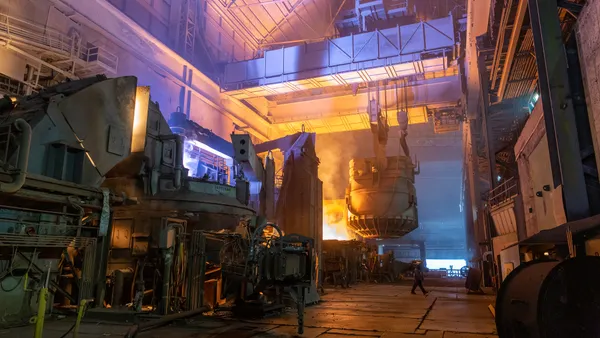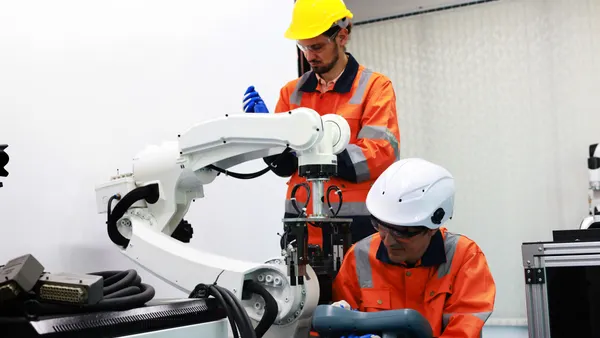Swimming through the alphabet soup of construction tech acronyms isn't always easy. Between ERPs, CRMs, CPMs and SaaS, trying to dissect the pros, cons and differences between each tech type can leave you feeling confused, frustrated and annoyed. We get it. But wafting beneath the proverbial sea of construction technology lies a layer of tangibility and business value that can completely transform the way you approach projects, bidding and execution. So, there's plenty of incentive surrounding the demystification of these technologies.
Today, we want to look at Corporate Performance Management (CPM). This broad, strategy-driven suite of technology is aimed at reducing frustrations, improving productivity and predictability and streamlining operations. To be clear, CPM isn't a point solution. It's broad, transformative and baked into the heart of your operations.
Understanding Corporate Performance Management (CPM)
Construction tech is fragmented. According to McKinsey, a mere 20% of construction companies deploy solutions that address more than five use cases. Instead, construction players rely on a swarm of ad-hoc technologies that handle single-use cases — such as data visualization tools, automation tools and financial planning tools. This is a problem. In fact, McKinsey also suggests that "failure to account" for broader, platform-based tools that tackle multiple business needs could "adversely affect" revenue, growth and market positioning. There are a few tools that exist in the "platform" space. Enterprise Resource Planning (ERP) solutions, Customer Relationship Management (CRM) software and Corporate Performance Management (CPM) are the three major ones for construction players. Unfortunately, CPM is likely the least well-known of the three, partially due to its marketplace youth.
Corporate Performance Management (CPM) is a platform technology that helps construction companies and contractors manage their business strategy. That may sound broad and unspecific, but that's sort of the point. CPM flexes plenty of muscles. The overall goal of CPM is to connect disparate sources of data (e.g., financial data, industry performance, risk vectors, etc.) and run them through a battery of algorithms, AI and machine learning to deliver valuable, strategy-driven insights to fuel decision-making. Not only does CPM act as a standardization tool by converging data sources and clarifying their meaning, but you can leverage CPM tools in a variety of ways to build out strategies.
Leveraging CPM in Construction
Corporate Performance Management primarily drives the strategy and planning side of construction. So, it's not fair to call CPM a catch-all solution. It is a platform — as it helps across multiple verticals like automation, analytics and financials — but it isn't a one-and-done type of deployment. You still need an ERP and CRM to digitize. In fact, we wouldn't even consider CPM a digitization solution. It's more of a key. It unlocks the potential of every other technology in your stack by delivering data-driven strategies that enable your firm to unlock more value out of each project.
To help illustrate CPM and put more substance on that definition, let's look at how construction companies leverage Briq. While our overall goal is to deliver more profit to companies while helping them curb productivity, financial and risk woes, our platform packs multiple value levers. We can break Briq down into some core components:
-
Corporate Budgeting
-
Revenue Forecasting
-
Project Forecasting
-
Cash Flow Forecasting
-
Equipment, Labor, and Materials Forecasting
-
Process & Planning
-
Pay & Payroll
In other words, Briq conquers a variety of tasks. We automate back-end data processing, produce financial and risk forecasts using best-in-class machine learning, leverage analytics to keep you abreast of marketplace issues and internal data, produce work-in-progress reports based on 360-degree data views, forecast projects against expectations and market trends, discover data across your organization and visualize and consolidate data across sources. Phew! That was a mouthful.
But here's the thing: all of these core processes focus on the same end goal. They help you build robust strategies leveraging the best available data to generate more revenue. It's a simple goal with a complicated back-end. Luckily, we condensed our platform for ease-of-use and rapid-fire execution. Behind our easy-to-use and Excel-like visual layer, there's a multitude of technologies at play.
Where Does CPM Fit in Your Stack?
CPM is all about informing decisions. It's the strategic layer of your tech stack, and it's best used in conjunction with human intelligence to create best-of-breed strategies and planning scenarios. Technically, CPM is traditionally leveraged by the c-level and managers. It aligns construction goalposts with business strategy, and it uses automation, forecasting and data consolidation/standardization to help you execute on time and on budget.
It's hard to pinpoint CPM in the context of the rest of your tech stack since it exists both outside and inside other platform solutions like ERPs. On the one hand, CPM solutions aggregate and visualize data streams from across your organization. On the other hand, they have tangible value as a single solution that informs. The way you deploy a CPM will largely depend on your needs, existing tech and business strategy. But there's one common thread across construction companies that use CPM: they see more revenue.
Briq is a corporate performance management platform built specifically for construction financial professionals.
We join modern technology with hundreds of years of combined construction experience to give you deep insights into your business.
Briq unifies your financial workflows, making them more efficient, accurate and timely. By automating workflows, consolidating financial data and enabling real-time reporting, we allow contractors to make efficient and effective financial decisions.









